A Poem : look up at the sky, By : Raj Arumugam

The sky above Slievenamon, county Tipperary
Landscape Photography : Nigel Borrington
look up at the sky
Oh, do look up at the sky.
look up at the sky that stretches in all directions and wherever one may turn
look up at the sky all above and that falls beyond the end of the visible earth
look up at the sky that stretches beyond one’s vision and look beyond the sky into limitless space
See, time and care and the narrowness of one’s conditioning confine one and bends one’s mind – as one’s back is bent, and one’s neck is loaded down; and one’s eyes are fixed to the spotlight-defined meters as one stands one’s ground…Oh, but just look up at the sky
Look up at the sky in the day and see its deep blue
look up at the sky and see the clouds and the sun,
the brilliance and the lack of limits and confines
look up at the sky in the morning and see the sun rise,
behold its wonder and its colors
look up at the sky at twilight and look at it at night
with the moon and the stars and the infinite space that stretches beyond
look up at the sky and behold its wonders and splendour and its power
look up at the sky and the space beyond and behold its brilliance and limitlessness.
Oh, look up at the sky and the space beyond – and behold the limitlessness of the mind
behold there the infinite stretch of your mind,
behold the skies and space, and behold the power and glory and the unconfined,
unconditioned freedom and brilliance of your mind and your being,
of the unconfined mind and of unconditioned being…
Ross Castle, Killarney National Park, Co. Kerry, Ireland

Ross Castle, Killarney National Park, Co. Kerry, Ireland
Landscape Photography : Nigel Borrington
Ross Castle sits on the edge of Killarney’s lower lake and was built by O’Donoghue Mór in the 15th century.
This is one of Ireland treasures and a wonderful place to visit, the views of lower lake are just wonderful from the walls here.
History and Myths
Ross Castle (Irish: Caisleán an Rois) is a 15th century tower house and keep on the edge of Lough Leane, in Killarney National Park, County Kerry. It is the ancestral home of the O’Donoghue clan, though it is better known for its association with the Brownes of Killarney who owned the castle until more recently.
The castle is operated by the Irish OPW – Office of Public Works, and is open to the public seasonally with guided tours.
The Castle came into the hands of the Brownes who became the Earls of Kenmare and owned an extensive portion of the lands that are now part of Killarney National Park . Legend has it that members of the O’Donoghue clan still exists in a deep slumber under the waters of Lough Leane.
On the first morning of May every seven years he rises from the lake on his magnificent white horse and circles the lake. Anyone catching a glimpse of him is said to be assured of good fortune for the rest of their lives. The large rock at the entrance to the bay is known as O’Donoghue’s prison. Ross Castle was the last stronghold in Munster to hold out against Cromwell. It was eventually taken by General Ludlow in 1652.
Ross Castle is open to the public. Details from Ross Castle, Killarney, Co. Kerry
Ross Castle Image Gallery
Sunday evening poem : Rippling stream’s circle

River Lingaun, County Tipperary
Landscape photography : Nigel Borrington
Rippling stream’s circle
By: Chris Matt
Out here watching the water flow by.
Talking to the wind, waiting for a reply.
I don’t know what it is about this stream I admire.
Like camping and gathering around watching the fire.
There is something about these inanimate objects.
It maybe the simplicity of beauty it reflects.
How it unconditionally forms over all in its liquidity.
It is the foundation of life being perfect in its ubiquity.
Watching this stream, there is so much to learn and gain.
This water can teach you, watch, as it starts as rain.
High above in the clouds, then it falls to the top of the peak.
As it slowly drips to the bottom, it mixes in with a creek.
It flows in a small brook, then ends up in this stream,
but it will one day rise up again to the clouds, as steam.
Like waters circle of life, we need to come together as one.
The lessons that we’ve learned here, have only just begun.
Saturday Morning walk on coolagh hill, county Kilkenny : Gallery

Coolagh old church on the hill, County Kilkenny
Landscape Photography : Nigel Borrington
It’s the weekend so why not get out and about and do some walking in your local area.
Often when you walk you will find places and views that you never knew existed just driving past in a car.
What ever you do I hope you have a great last weekend of June 2014.
Coolagh Kilkenny a Gallery
Kilkenny’s Standing stones, Time – a Poem by : Anthony Zeigler

Standing stone at Owning, County Kilkenny
Landscape photography : Nigel Borrington
County Kilkenny has many Standing stones, often located on farm land and hidden from public eyes.
They are a reminder of times past, long ago, so long few know their original purpose or anything about the people who first erected them.
It is thought that they were used to mark the passing of time , the Hours, days and months of the year.
Time
By : Anthony Zeigler
Time is where we are
And time is where we’ve been
Time is being lost
And found again
Time is the day we were born
the day we die
Time is the hours that pass
As they come just then fly
Time is what we know
what we learn
Time is what it is
Some times it will hunt and some times it will burn
Time is all we have
Though it seems so little
Time is all around us
We are caught in the middle
Time is when we’re there
what we’ve missed
Time is our biggest fear
But we try to make the best of it
Tatton Park, Knutsford, Cheshire

Tatton Park, Knutsford, Cheshire
Landscape photography : Nigel Borrington
Tatton park near Knutsford in the county of Cheshire is located about 10 miles from my childhood home town of Altrincham. As a family we would visit the park here many times as kids, spending the day walking around the grounds and viewing the landscape along with the wild life.
The grounds are open all summer and this is a wonderful place to spend a summers day, boating on the lakes or having a good old fashioned picnic.
If you want to get a feel for the county of Cheshire in the north west of England then a visit to Tatton park and the villages that surround it are a great place to make a start.
History
There is evidence of human habitation in the area of the estate going back to the Iron Age. In medieval times the village of Tatton was on the site. This has since disappeared but the area of the village and its roadways are a Scheduled Ancient Monument. By the end of the 15th century the estate was owned by the Stanley family who built and occupied the Old Hall. By the 1580s this building had been enlarged and it was owned by the Brereton family. In 1598 the estate was bought by Sir Thomas Egerton, Lord Chancellor of England. Sir Thomas and his children rarely visited the estate and it was loaned to tenants. At the end of the 17th century the estate was owned by John Egerton, Sir Thomas’ grandson, who built a new house on the site of the present mansion, some 0.75 miles (1 km) to the west of the Old Hall. This mansion, Tatton Hall, was extensively altered and extended between 1780 and 1813.
In 1795 the estate covered 251,000 acres (1,020 km2) (392 sq.miles). The estate remained in the ownership of the Egerton family until the last Lord Egerton died without issue in 1958. He left the house to the National Trust and gave them the park in lieu of death duties. However, as the estate itself was sold by his executors, Cheshire County Council committed to a 99-year lease in place of an endowment to ensure that it was preserved for the benefit of the nation. The Trust’s ownership (run now by Cheshire East Council) is some 2,000 acres (8.1 km2) (3.1 sq.miles).
Tatton park, a Gallery
The images below I hope show something of just how great a day spent here can be.
Keeping a golden retriever cool , an afternoon summers swim
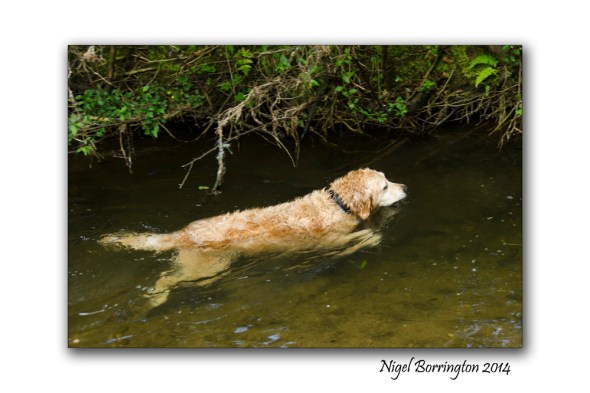
Our golden retriever , Molly Swimming, June 2014
Keeping our golden retriever Molly cool on these hot summer days is a puzzle , however she loves a summers swim and really makes the most or our local rivers.
She loves retrieving sticks and stones from the river bed and finding her some shade and cold water is a great way to cool her down.
Culzean Castle, Ayrshire, Scotland

Culzean Castle, Maybole,
Carrick, Ayrshire coast of Scotland
Landscape photography : Nigel Borrington
Culzean Castle, Ayrshire, Scotland has to be one of the most treasured and interesting castles in Scotland.
Robert Adam was the architect and he designed the castles structure on a basic L shaped design. The structure is a fine country house and when completed it was the seat of the 10th of Cassilis ( David Kennedy ) , earldom.
The castle was built in stages between 1777 and 1792. It incorporates a large drum shaped tower, circular inside (which overlooks the sea), a grand oval staircase and a suite of well-appointed apartments.
In 1945, the Kennedy family gave the castle and its grounds to the National Trust for Scotland (thus avoiding inheritance tax). In doing so, they stipulated that the apartment at the top of the castle be given to General of the Army Dwight D. Eisenhower in recognition of his role as Supreme Commander of the Allied Forces in Europe during the Second World War. The General first visited Culzean Castle in 1946 and stayed there four times, including once while President of the United States. An Eisenhower exhibition occupies one of the rooms, with mementoes of his lifetime.
During my own days visit I took many images here as both the grounds and castle itself offer some wonderful photography, including a walked garden, cannon’s, walls, see cliffs and court yards.
If you are visiting Ayrshire , this castle has to be high on your list for a visit.
Culzean Castle , Gallery
Sunlight in the Glen , Sunday evening Poem by : Jan Allison And Mel Merrill

Cahirabbey woods, Cahir, County Tipperary
Landscape photography : Nigel Borrington
This evening I went for a Sunday walk in Cahirabbey woods, county Tipperary, the evening light was shining through the trees in the glen and it reminded me of the below poem that I found recently.
Sunlight in the Glen
Collaboration Poem By Jan Allison And Mel Merrill
Dappled sunlight dancing among the trees in the wooded glen
Lingering amongst the wood where it has ancient been
She dances fast, and sometimes slow, the tempo ever changing.
Gentle breeze she stirs the trees; the mood is scintillating
The crystal clear water sparkles with a silvery light
Like diamonds splayed on velvet, or a starry, starry night
Shafts of sunlight fall on the crumbling old stone wall
Shedding light on these, the wall and trees, near brook and waterfall
Nature’s beauty, boundless, in this timeless timid wood
We walk the paths so often trod where ancient feet have stood
Each scattered ray comes out to play in primordial den
How privileged I, that I could spy, this sunlight in the glen
Celebrating Mid summers day 2014

Mid summers sunset over Slievenamon, county tipperary,
Landscape photography : Nigel Borrington
Mid summers day 2014
Happy Mid summers day !!!
This mornings sunrise over slievenamon county Tipperary was at 04:57am and by the time it sets again on the other side to the west the time will be 21:57 , thats seventeen hours of sun light and the most anyone can witness during the suns movement across the sky during any one year.
Today is also called the Summer Solstice
Solstice, or Litha means a stopping or standing still of the sun. It is the longest day of the year and the time when the sun is at its maximum elevation.
Wiccan blessing for Summer
As the sun spirals its longest dance,
Cleanse us
As nature shows bounty and fertility
Bless us
Let all things live with loving intent
And to fulfill their truest destiny
This date has had spiritual significance for thousands of years as humans have been amazed by the great power of the sun. The Celts celebrated with bonfires that would add to the sun’s energy, Christians placed the feast of St John the Baptist towards the end of June and it is also the festival of Li, the Chinese Goddess of light.
Pagans are in awe of the incredible strength of the sun and the divine powers that create life. For Pagans this spoke in the Wheel of the Year is a significant point. The Goddess took over the earth from the horned God at the beginning of spring and she is now at the height of her power and fertility. For some Pagans the Summer Solstice marks the marriage of the God and Goddess and see their union as the force that creates the harvest’s fruits.
This is a time to celebrate growth and life but for Pagans, who see balance in the world and are deeply aware of the ongoing shifting of the seasons it is also time to acknowledge that the sun will now begin to decline once more towards winter.
Lugh (Celtic) god of the summer soltice
Similar to the Roman god Mercury, Lugh was known as a god of both skill and the distribution of talent. He is associated with midsummer because of his role as a harvest god, and during the summer solstice the crops are flourishing, waiting to be plucked from the ground at Lughnasadh.
The Harbour, Poem By : Winifred Mary Letts
The Harbour, Poem
By : Winifred Mary Letts
I think if I lay dying in some land
Where Ireland is no more than just a name,
My soul would travel back to find that strand
From whence it came.
I’d see the harbour in the evening light,
The old men staring at some distant ship,
The fishing boats they fasten left and right
Beside the slip.
The fishing boat rests along the shore,
The grey thorn bushes growing in the sand,
Our Wexford coast from Arklow to Cahore –
My native land.
The little houses climbing up the hill
Sea daises growing in the sandy grass,
The tethered goats that wait large -eyed and still
To watch you pass.
The women at the well with dripping pails,
Their men colloguing by the harbour wall,
The coils of rope, the nets, the old brown sails,
I’d know them all.
And then the sun- I’d surely see
The disk against a golden sky.
Would let me be at my rest.
The Foxglove bells, a poem By : Mary Webb
The Foxglove bells
By : Mary Webb
The foxglove bells, with lolling tongue,
Will not reveal what peals were rung
In Faery, in Faery,
A thousand ages gone.
All the golden clappers hang
As if but now the changes rang;
Only from the mottled throat
Never any echoes float.
Quite forgotten, in the wood,
Pale, crowded steeples rise;
All the time that they have stood
None has heard their melodies.
Deep, deep in wizardry
All the foxglove belfries stand.
Should they startle over the land,
None would know what bells they be.
Never any wind can ring them,
Nor the great black bees that swing them–
Every crimson bell, down-slanted,
Is so utterly enchanted.
The Wonderful landscape and cities of Bosnia Herzegovina and Croatia Today.
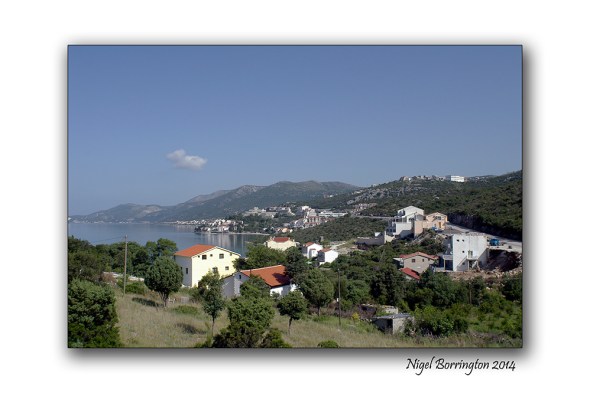
Stikovica village, Dubrovnik, Croatia
Landscape Photography : Nigel Borrington
The Wonderful landscape and cities of Bosnia-Herzegovina and Croatia.
Yesterday my posts related to some of the war damaged and effected areas within the now independent states of Bosnia and Herzegovina along with Croatia.
In today’s post I just want to share some images that I feel show just how wonderful these nations are today, these include images from the city of Dubrovnik and the landscape of the Dalmatia coast line.
This is a wonderful part of the world with many great places and welcoming people, if you ever get the chance I would highly recommend a holiday here as you will always look back with fond memories.
Gallery
War Graves at Metkovic, lost lives of 1993

War Graves , Metkovic, Croatia
Photography : Nigel Borrington
On our way to Mostar we stopped off at the town of Metkovi/Metkovic, Croatia. The bus station is next to a cemetery in the centre of the town.
As Cemeteries go it was very open to the street , feeling more like a town park. I walked in and sat for a while to eat some lunch, afterwards I walked around and had a look at all the grave stones.
I often do this in Ireland or the UK as its a great way to learn local names and family history.
The main thing that I noticed in this Metkovi cemetery however was that all of these grave stones have one year of death on them (1993), all of them !!!
It was a while before the bus left to Mostar, so I just sat back on the seat and took sometime to take in what must have happened here in this small town some 21 years ago.
The Mostar bridge, Recovering from war.
The Mostar bridge, Recovering from war
A little time back on a holiday to Bosnia and Herzegovina, I visited the town of Mostar and took the following images of the Famous Bridge here.
The History of this bridge and its story both during the savage war in Bosnia, then after it is one of the most amazing in the modern history of the country.
The new Bridge of Mostar is located in the centre of Old City of Mostar. It was built in 1566. This arch construction connects the left and the right side of the Neretva River. Arch is 28.7 wide and 21m high compared with summer level of the river. From the highest amplitude in July every year jumps are held.
Mostar was named after the wooden bridge (mostari – bridge keepers) which was on that place before it was rebuilt in 1520 into stone one. Bridge survived Ottoman period, Austro-Hungarian era, World War II, and in the war 1992 – 1995 Mostar was badly damaged and the Old Bridge of Mostar was entirely destroyed.
The Old Bridge was reconstructed and totally renovated in 2004. Materials used for renovation are stones from the original one pulled out from the river.
The Old Bridge of Mostar is inscribed on World Heritage List by UNESCO in 2005. Arrival on the Old Bridge will offer memorable view of river Neretva and surrounding antiquities.
Mostar and its Bridge are marked with a brutality of war and bad history, but it is a true testament to the courage and persistence of inhabitants of this city.According to UNESCO, “The Old Bridge area, with its pre-Ottoman, eastern Ottoman, Mediterranean and western European architectural features, is an outstanding example of a multicultural urban settlement. The reconstructed Old Bridge and Old City of Mostar is a symbol of reconciliation, international co-operation and of the coexistence of diverse cultural, ethnic and religious communities.” (http://whc.unesco.org/en/list/946)
Image Gallery
A walk along the Donegal coast line at Slieveleague

Landscape view of the Coast line , Croaghlin , Slieveleague , County
Irish landscape Photography : Nigel Borrington
We all have our favourite walks , places we come back to in our minds and the walk along the coast line of Croaghlin, Slieveleague, county Donegal, for myself personally is one of the best walks in Ireland.
The views south towards the mountain of Benbulben in North County Sligo are just breath taking here. If you are visiting county Donegal and the weather allows, you simply must visit and walk these coastal paths , a car park is very close to the start of the walk and the path surface is excellent.
Gallery
Sunday evenings, time for one last walk.
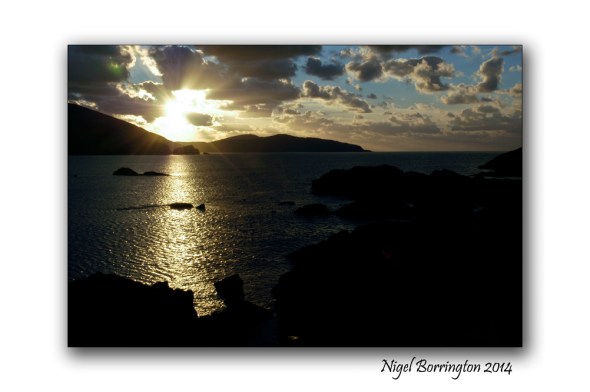
Allihies , County Cork
Irish Landscape photography : Nigel Borrington
Sunday evenings are my Favorite time of the week, the weekend is almost over and hopefully your feeling relaxed.
A new week is ahead of you, yet you still have time for one last walk, why not get outside and watch the sun go down.
Its the weekend so why not ……

Ballyquin, County Waterford
Landscape Photography : Nigel Borrington
Its the weekend so why not….
Head to the beach and look a the views …..
Sit down on the sand and watch the waves roll in !!
Take the Dog for a Walk ……
Orchids, A poem By : Cassandra Huller

Early March Orchid
Photography : Nigel Borrington
Orchids
By : Cassandra Huller
Round is the shape,
Pink are the petals.
Stem long and tall,
Leaves fluttered over, bent but not broken.
Roots deep in dirt,
Surrounded by a wall.
Some flowers fall but always rebloom~
Kindred Spirits, Poem By : M s. Simpson
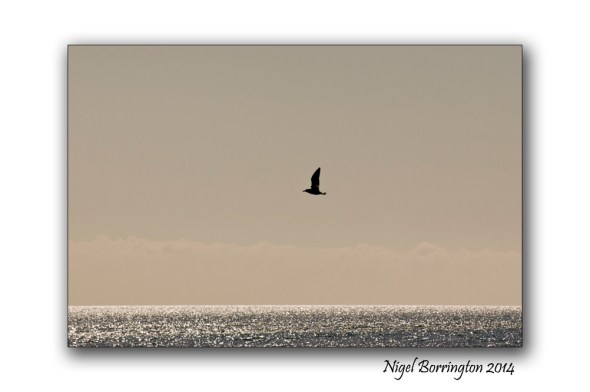
Sea gull flying over the sea, county Waterford
Photography : Nigel Borrington
Kindred Spirits
By : M s. Simpson
I’ll meet you there,
at the horizon,
when the glowing orange tip
of god’s pen writes
a sunset on the sea.
I’ll be soaring free
a seabird
sunset fires upon my wings.
I’ll know you by the colors
your imagination brings
let’s fly awhile
together where the clouds
like angels sing.
Callan, Kilkenny. Remembering the Workhouse and Cherryfields Grave yard.
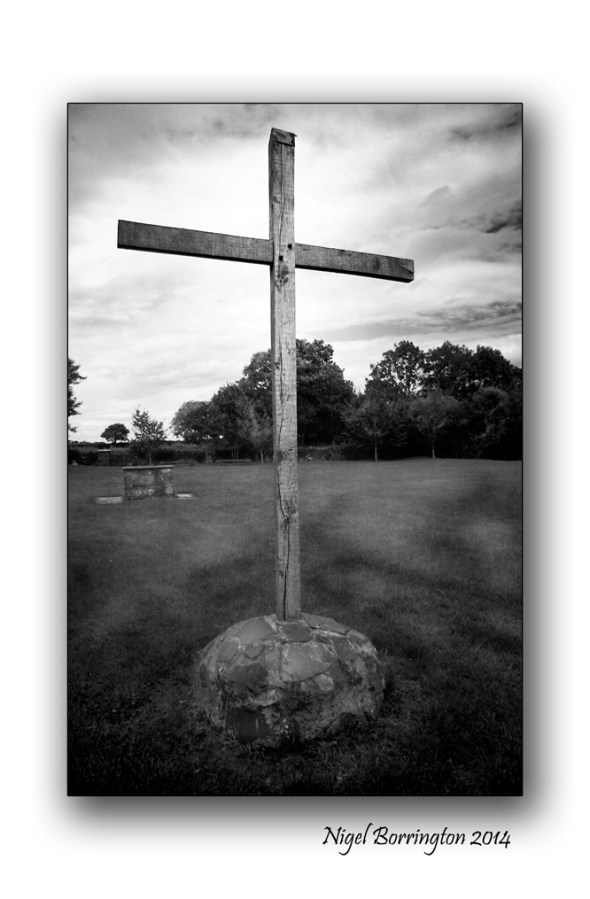
Cherryfields, Grave yard for the poor of the Callan workhouse.
Photography : Nigel Borrington
Remembering the Workhouse and its uncounted and unnamed dead.
During the years between 1841 and 1922 the Callan workhouse operated as a place to house and offer support to may of the poor and fallen people who lived in the surrounding areas.
I want to share here some images and facts about both the workhouse and the associated grave yard that is located just one kilometre south of the town of Callan.
Both these site still exist today and a visit to them is both very moving and haunting.
The Workhouse now operates as a home for people with special needs and many feel that this is a great outcome considering its original use and its history.
A visit to Cherryfields Grave yard is very moving, I have included some written details below with some recent images, the thing that personally hits me the most about this place is that no one knows how many people lay at rest here as there is not one single name to be found anywhere.
My final Gallery at the bottom of the post reflects on the contrast between cherryfields and other local grave yards, where all the graves are marks with stones, the only technical difference being the level of finance you or your family possessed.
The Callan Work house
The Callan Union of workhouses was situated partly in Co Kilkenny and partly in Co Tipperary. It comprised an area of 106,633 statute acres with a population of 42,707.
The Callan workhouse was contracted for on May 29, 1840 and was completed in 1841.
The management of the workhouse was as follows: Master, matron, clerk chaplain, schoolmaster, porter.
It cost £5,500 to build and $1,140 to fit out. The entire complex, situated at the south end of the town, covered an area of six and a quarter acres. It was built to accommodate 600 people and its first admission took place on March 25, 1842.
Thirty-three Poor Law Guardians, elected from various areas in the Union, had overall responsibility for the workhouse.
In its first years of operation, the Callan Workhouse functioned very well, but the catastrophe of the Great Famine (1845-48) totally overwhelmed it, reducing its functions to utter chaos.

Built, as mentioned to accommodate 600 people, it had at the height of the Famine thousands of unfortunates clamouring for admittance. Even by 1851 it was still crammed to over capacity. The census for that year lists 2,102 people as residing in it.
The statistics for the Famine in the Callan area are grim and mind-boggling. Between 1841 and 1851 a total of 1,411 people, 688 males and 723 females, died in Callan Workhouse, and 2,104, 1,050 males and 1,054 females died in the temporary fever sheds, a grand total of 3,515 people. These virtually all died during the years of 1846 to 1850.
After the famine years, the workhouse settled back into a more normal level of operation and continued to function right up until the 1920s. In 1922 it was garrisoned by Free State troops during the Civil War.
It was later sold to private individuals and public bodies.
CherryFields Grave Yard
on approaching Cherryfields – Callan, A plaque on a pillar at the graveyard reads: In memory of the uncounted victims of famine and poverty buried here, most of whom died in Callan Workhouse 1841-1922. The Plaque was erected in 1986 by Callan Heritage Society.
The now disused burial ground is the resting place of those who died in Callan Workhouse and who had no family or friends to claim them.
It is located in a remote one and a quarter acre site about one and a half miles south-east of the town off the Clonmel Road in the townland of Baunta Commons.
Because cherries grew three in times gone by it is still popularly known as Cherryfield.
Most of those buried in Cherryfield were victims of the Great Hunger which devastated Ireland during the 1840s. The Callan area of Co Kilkenny was severely affected by this catastrophe.
Tales have been passed down about the endless procession of funerals from the Workhouse. It is said that often up to six bodies at a time were carted out for burial, and that it was not uncommon for corpses to fall off the ‘funeral cart’ because the boreen into Cherryfield was so rough and muddy.
Originally it was intended to have a ‘pauper’s graveyard’, as the terminology of the time called it, located in less remote place as Lord Clifden proposed, but because Baunta Commons consisted of large areas of poor agricultural common land there was little problem in acquiring a cheap site.
The graveyard was crudely fenced off for many years but was fully enclosed by a wall in the 1860s. A substantial gate and entry piers were also erected at that time.
Gallery
Contrast of Cherryfields to other local Grave yards
The surrounding areas of south Kilkenny, contain many old grave yards all of which are wonderful to visit, they hold great records of the people who lived locally and now rest in these places.
Nothing Gold Can Stay, Poem By : Robert Frost
Nothing Gold Can Stay
By : Robert Frost
Nature’s first green is gold,
Her hardest hue to hold.
Her early leaf’s a flower;
But only so an hour.
Then leaf subsides to leaf.
So Eden sank to grief,
So dawn goes down to day.
Nothing gold can stay.











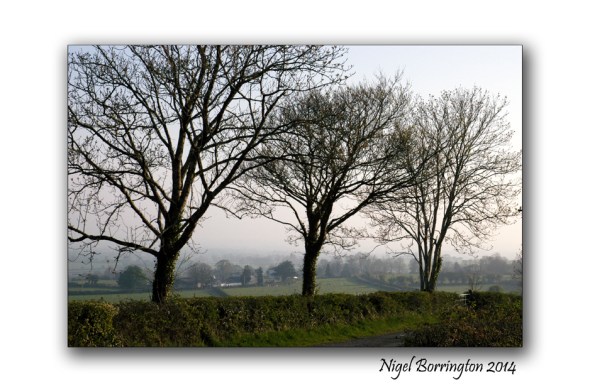





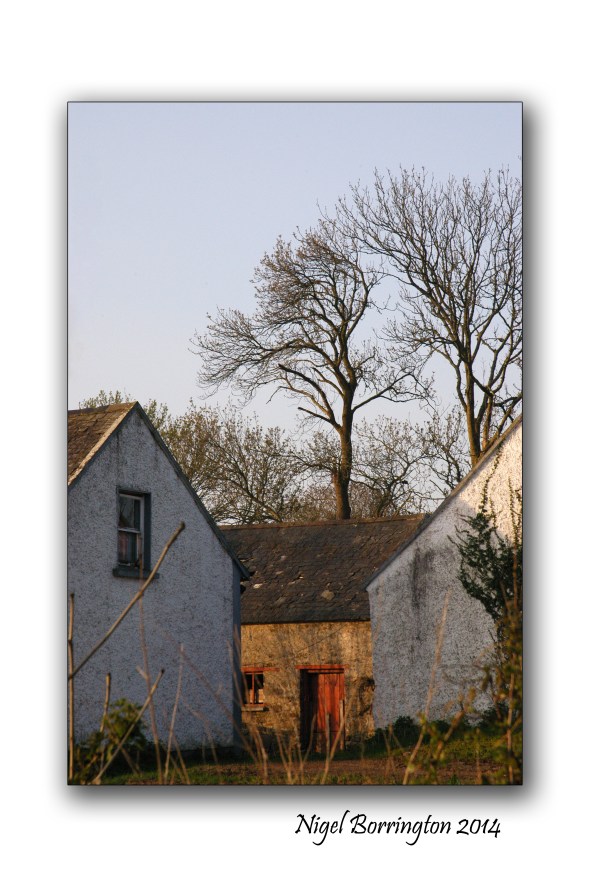
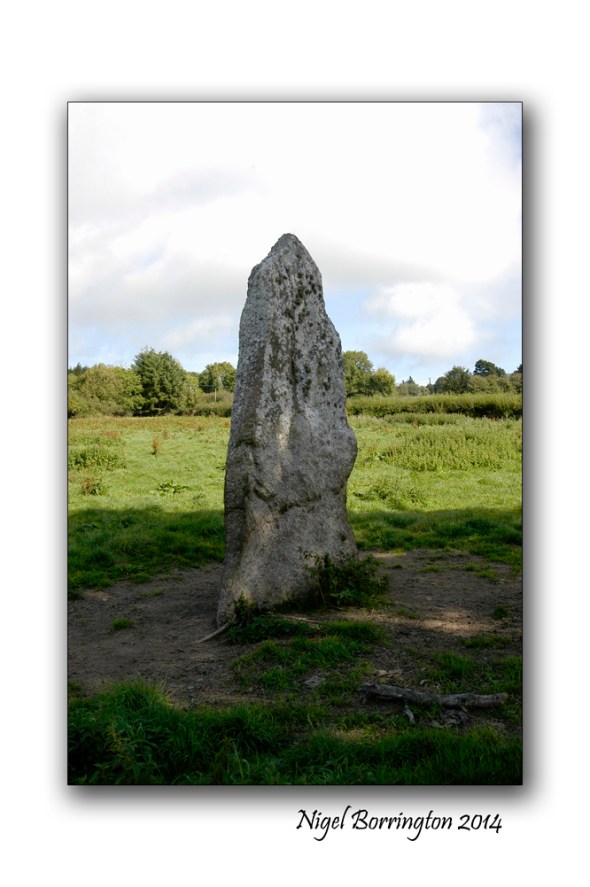
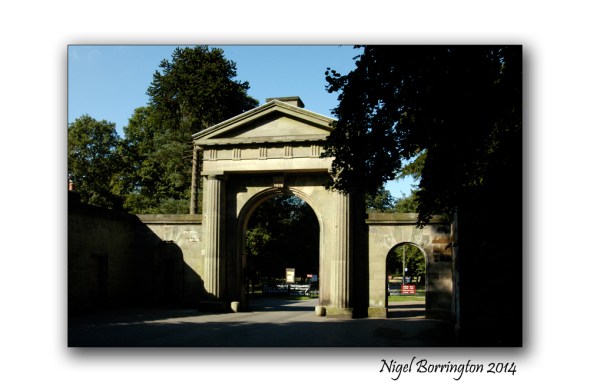










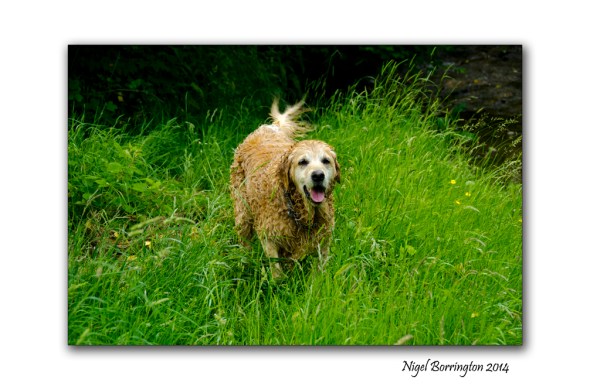


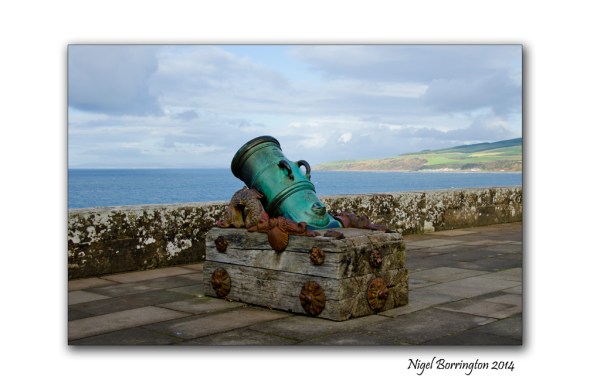



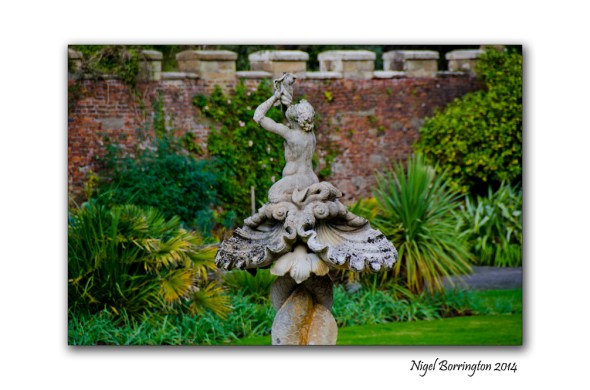


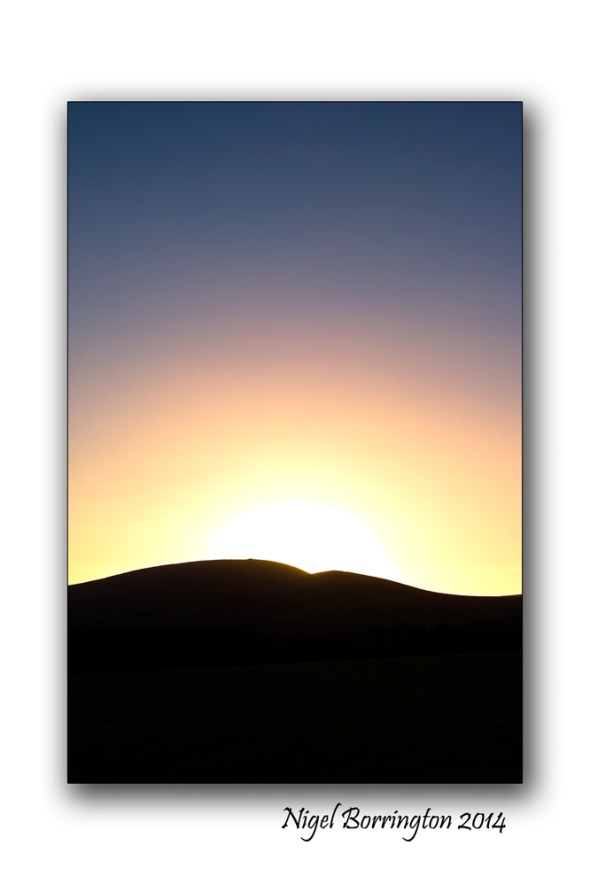

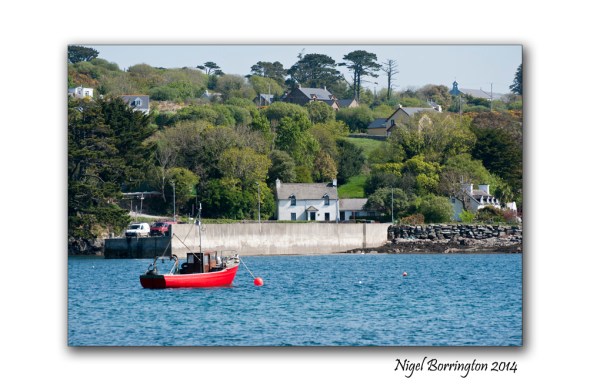
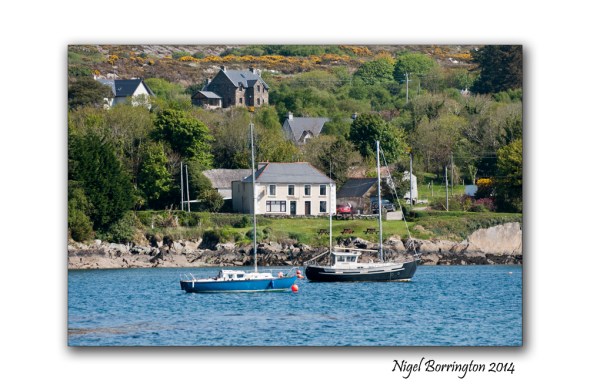



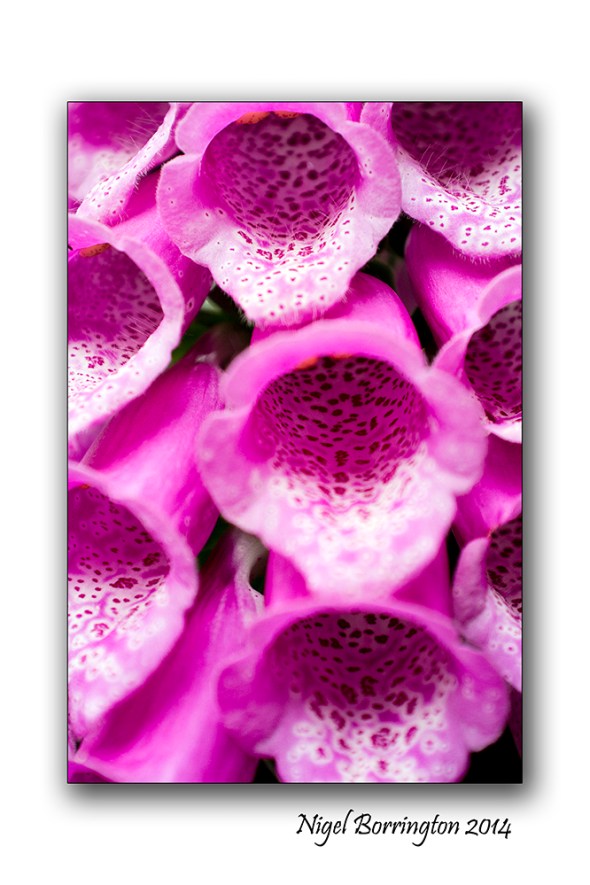
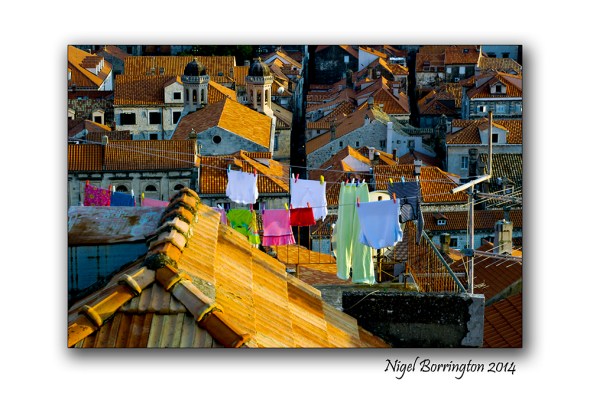




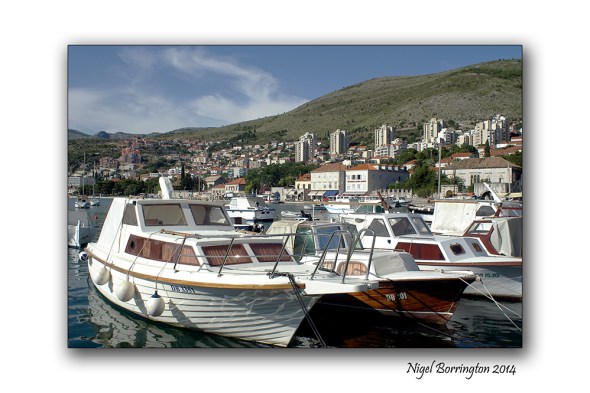


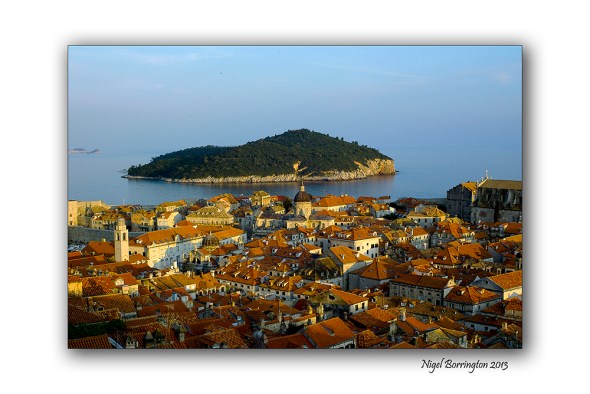











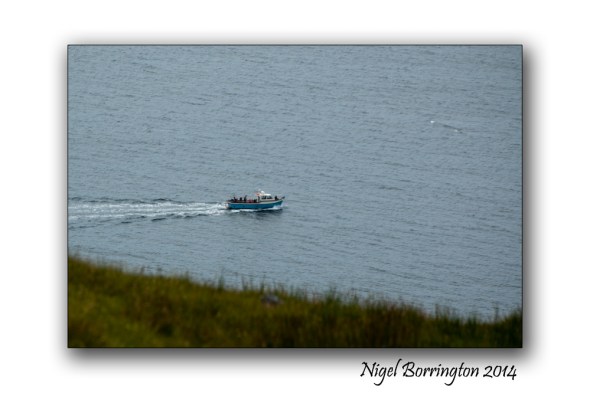



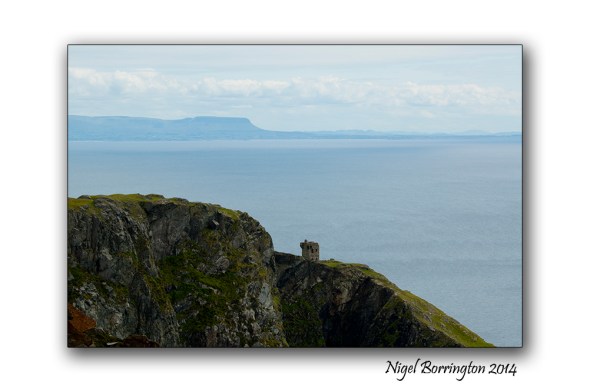





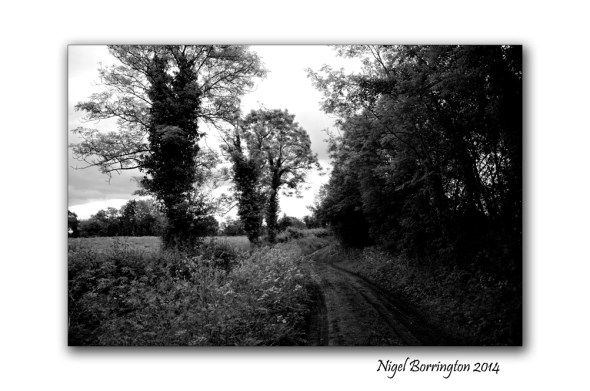






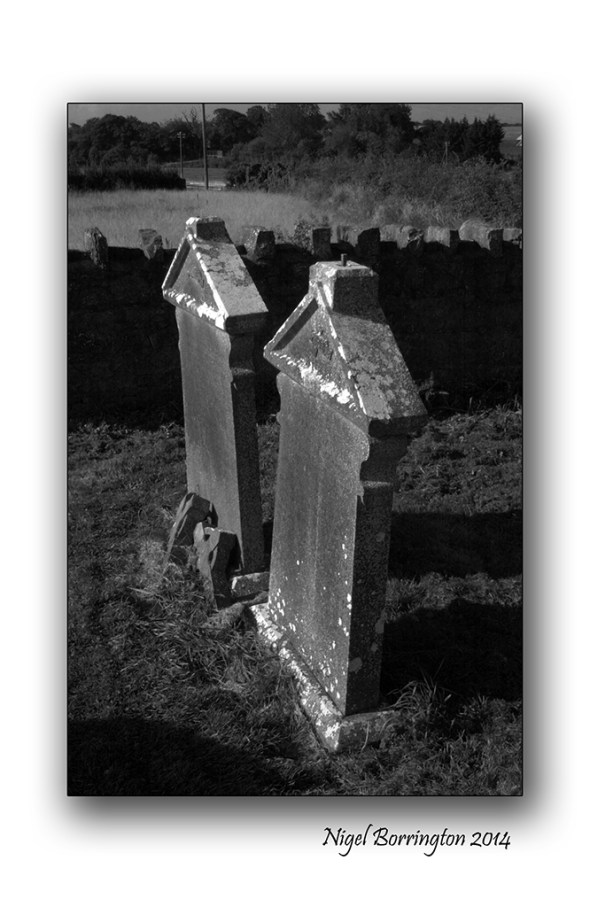








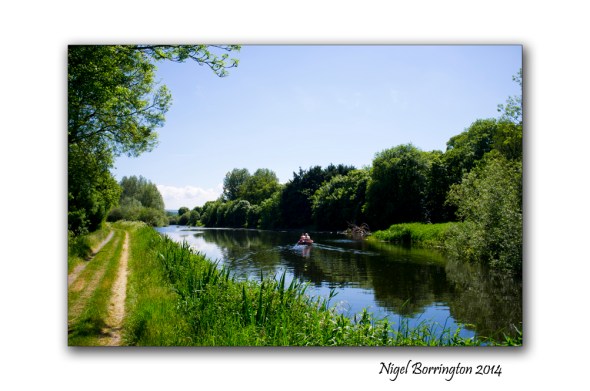



Images of my Violin
Hand made Irish Violin,
made my Michael Allen, Ardfinnan, County Tipperary
I have been playing the Violin for sometime now and it is one of my favourite pass times.
I loved violin music for many years before taking it up myself with artists such as Nigel Kennedy and Jay Ungar being amongst my most loved.
Here I just want to share some images of my own violin made by Irish Violin maker , Michael Allen from County Tipperary.
I am very happy to have found him and felt it was a great thing to support a local crafts man when getting this violin from him.
Image Gallery
Share this:
June 26, 2014 | Categories: Art and craft work, Comment, Nigel Borrington | Tags: county Tipperary, irish music, Jay Ungar, Michael Allen, Music, Nigel Borrington, Nigel Kennedy, Photography, Violin, Violin makers, violin music | 28 Comments